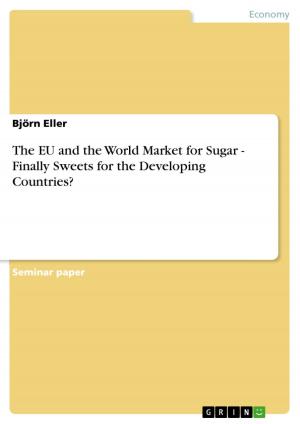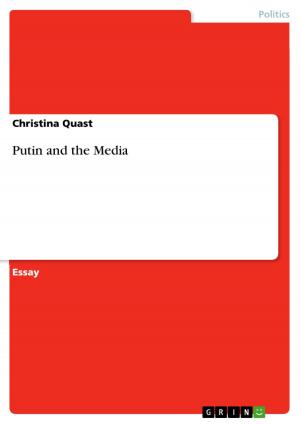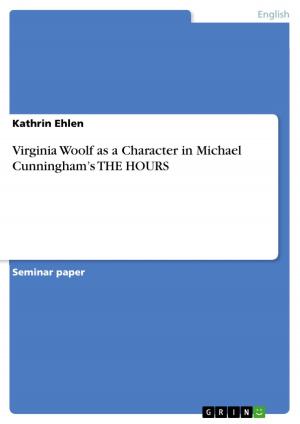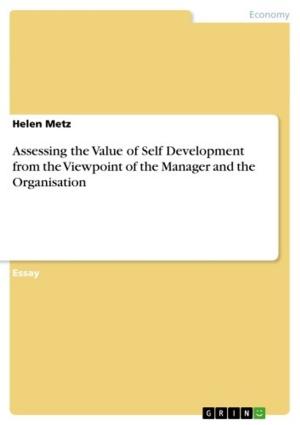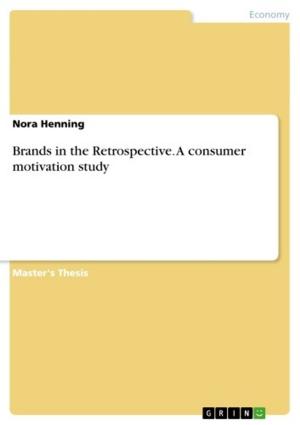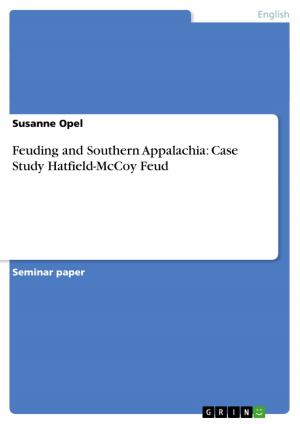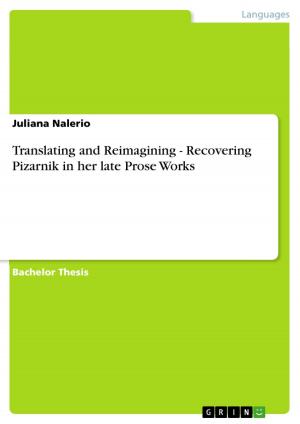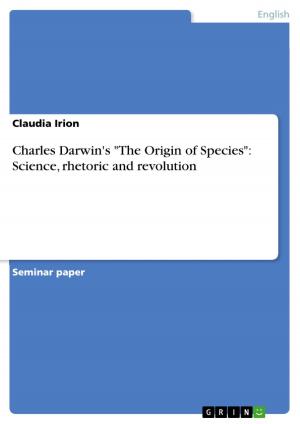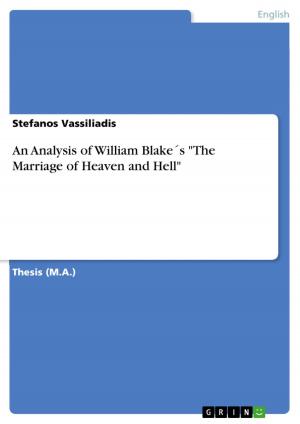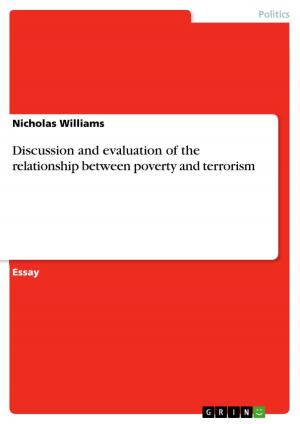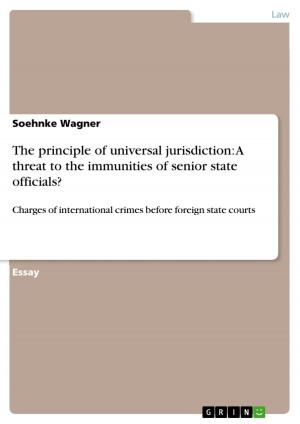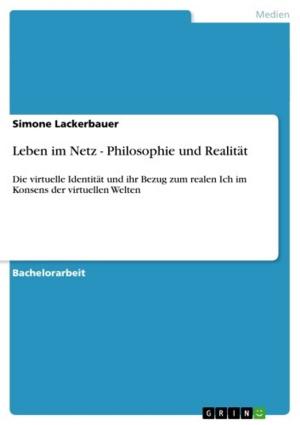How did Martin L. Kings 'I have a dream'-speech contribute to the peaceful athmosphere at the March on Washington in 1963?
Nonfiction, Entertainment, Drama, Anthologies| Author: | Anonymous | ISBN: | 9783638549189 |
| Publisher: | GRIN Publishing | Publication: | September 26, 2006 |
| Imprint: | GRIN Publishing | Language: | English |
| Author: | Anonymous |
| ISBN: | 9783638549189 |
| Publisher: | GRIN Publishing |
| Publication: | September 26, 2006 |
| Imprint: | GRIN Publishing |
| Language: | English |
Seminar paper from the year 2004 in the subject American Studies - Culture and Applied Geography, grade: 1,7, University of Trier, course: Nonviolence, 11 entries in the bibliography, language: English, abstract: 'Fears of a possible riot were intense [...]. D.C. police units had all their leaves cancelled; neighboring suburban forces were given special riot-control training. [...] Liquor sales were banned for a day-for the first time since Prohibition. The Justice Department and the army coordinated preparations for emergency troop deployments; [...]. A crew of lawyers was convened to prepare in advance proclamations authorizing military deployments. Fifteen thousand paratroopers were put on alert.' The high precautions and fears of riots were understandable as just some weeks before, the national guards had to be mobilized when the white governor of Alabama George Wallace had prevented Blacks from entering the Foster Auditorium at the University of Alabama. Despite all fears the largest demonstration in the history of the U. S. A. ended peacefully1. But how was the nonviolent atmosphere achieved, taking into account that the most controversial matter in the American society of that time - the equality of black and white U.S. American citizens was to be discussed? In my essay I will examine the last speech of the rally: Martin L. King Jr.'s 'I have a dream'. I will show that there were thousands of white Americans attending the March on Washington. No one could exactly say what some of them or black activists were up to on this day. I will argue that the speech created community within the black and white listeners by King using various stylistic devices and reminding the listeners of his non-violent strategy. Thus, the central question of this essay will be: Which parts of Martin Luther King's 'I have a dream' speech contributed to the peaceful atmosphere between black and white Americans at the March on Washington in 1963? This analysis will not be done chronically following the speech. To ensure that the reader still is able to follow, 'I have a dream' is appended to the paper with a number before each paragraph. These numbers will be referred to in the essay.
Seminar paper from the year 2004 in the subject American Studies - Culture and Applied Geography, grade: 1,7, University of Trier, course: Nonviolence, 11 entries in the bibliography, language: English, abstract: 'Fears of a possible riot were intense [...]. D.C. police units had all their leaves cancelled; neighboring suburban forces were given special riot-control training. [...] Liquor sales were banned for a day-for the first time since Prohibition. The Justice Department and the army coordinated preparations for emergency troop deployments; [...]. A crew of lawyers was convened to prepare in advance proclamations authorizing military deployments. Fifteen thousand paratroopers were put on alert.' The high precautions and fears of riots were understandable as just some weeks before, the national guards had to be mobilized when the white governor of Alabama George Wallace had prevented Blacks from entering the Foster Auditorium at the University of Alabama. Despite all fears the largest demonstration in the history of the U. S. A. ended peacefully1. But how was the nonviolent atmosphere achieved, taking into account that the most controversial matter in the American society of that time - the equality of black and white U.S. American citizens was to be discussed? In my essay I will examine the last speech of the rally: Martin L. King Jr.'s 'I have a dream'. I will show that there were thousands of white Americans attending the March on Washington. No one could exactly say what some of them or black activists were up to on this day. I will argue that the speech created community within the black and white listeners by King using various stylistic devices and reminding the listeners of his non-violent strategy. Thus, the central question of this essay will be: Which parts of Martin Luther King's 'I have a dream' speech contributed to the peaceful atmosphere between black and white Americans at the March on Washington in 1963? This analysis will not be done chronically following the speech. To ensure that the reader still is able to follow, 'I have a dream' is appended to the paper with a number before each paragraph. These numbers will be referred to in the essay.

